Recent Posts
-
Yes, There IS a Future!
December 26, 2025
-
Real Crimes and the Coming Violence
September 6, 2025
-
Whither Modern Life?
June 27, 2025
-
What the Hell
June 18, 2025
-
As Darkness Engulfs Us
April 6, 2025
-
AI, Risk, and Work
January 17, 2025
-
“Things Are in the Saddle, and Ride Mankind”
December 29, 2024
-
Forgotten Futures in Seattle
December 12, 2024
-
Autocracy Defeats Neoliberalism
November 14, 2024
-
History… We’re Soaking in It!
October 2, 2024
|
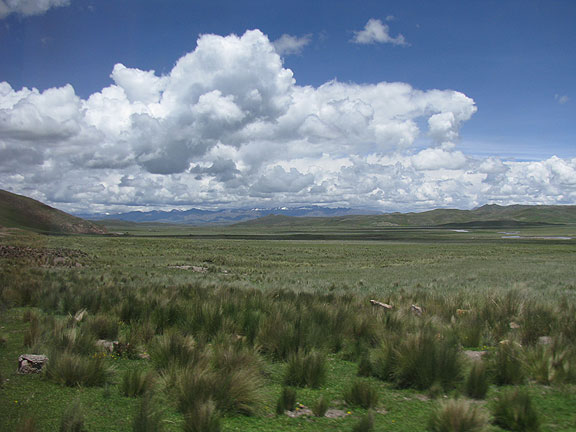 We spent a day riding the bus from Cuzco to Juliaca, and then south to Arequipa. This is about 3 hours south of Cuzco. We slept about 5 hours in Cuzco after getting back from Machu Picchu, and got on the special “cama bus” we’d booked before leaving for the hike. Well our so-called bed bus was a broken down piece of crap, and the reclining seats didn’t really recline, and the place for our feet was broken too…
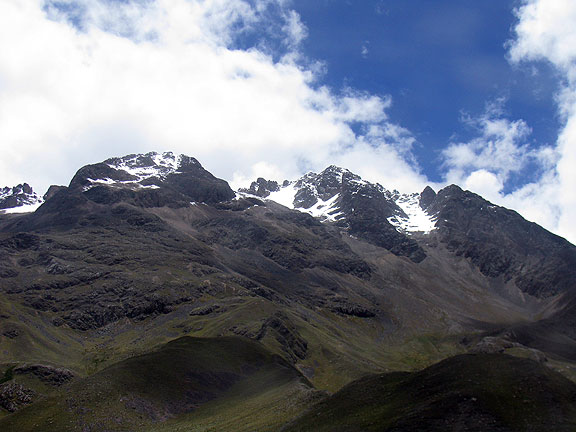 No way to sleep, but I was so fascinated by the passing landscape that I couldn't rest anyway. It was a gorgeous day and the views were amazing. 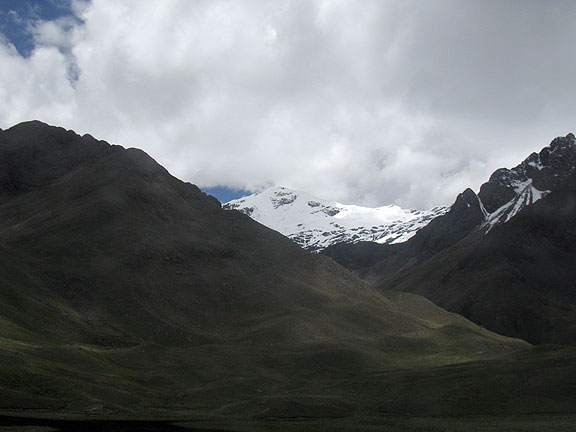 Lots of snowy mountains during the early part of the ride. 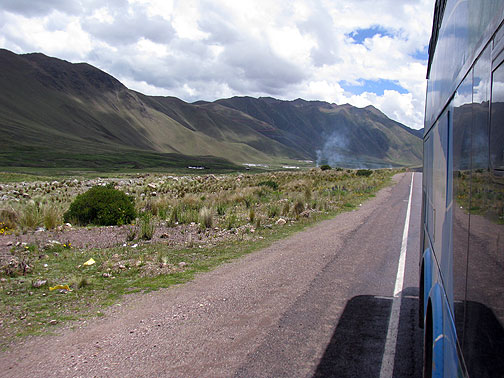 Once again we were fighting to get photos from a jostling bus, but once in a while it would stop and we'd be able to lean out and get a shot that wasn't vibrating. Continue reading Across the Altiplano
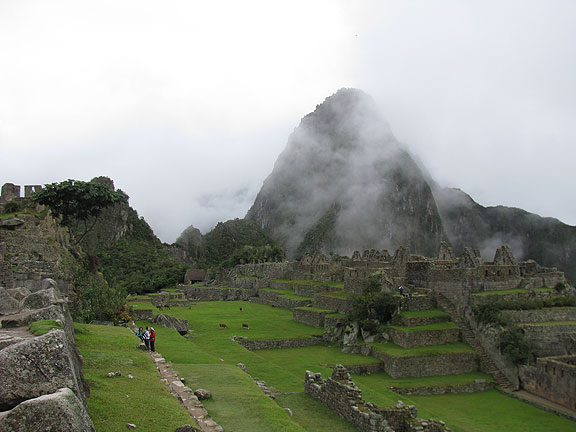 The iconic view of Machu Picchu, amidst swirling clouds, March 12, 2011. As noted at the end of the last post, we hiked to Machu Picchu in dense fog amidst dense crowds. All 500 of us that had official permits to visit the historic site on this day were lined up at the gate, which opened at 6:30 a.m. and off we went. It was a super easy hike compared to the previous three days, only an hour and a half or so to get to the fogged-in “Sun Gate,” followed by another 20 minutes of hiking along in the clouds before we came to the end. Still couldn’t see much, but then we did a zig-zag down to the official entry point, a modern Park facility with bathrooms and storage and gift shop and adjacent fancy hotel and restaurant, and nearby bus stop where a fleet of shuttles goes up and down the 2,000 feet from Aguascalientes (or “Machu Picchu city”) below continuously all day.
We went in and through a small passage in a wall and suddenly we were there!
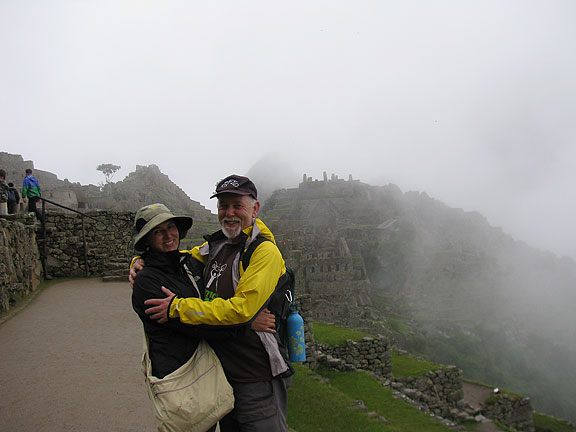 This is a few steps inside the main entry point. After three+ days on the Inca Trail it felt great to have made it! Eric kept us together as a group for the next two hours, taking us on a guided tour of the whole place, in and out of the famous sites, the Sun Temple, the sundial, the quarry, and much more. Having been prepared by the previous ruins and before that the amazing sites in Cuzco and even earlier in Ingapirca in Ecuador, it was sweet to have the climax be so well contextualized.
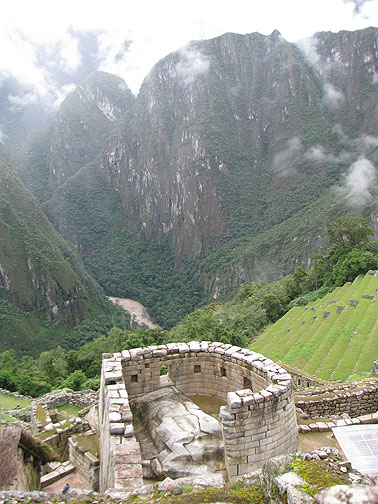 This is the Sun Temple from above, with the Urubamba River far below. Continue reading Machu Picchu at last
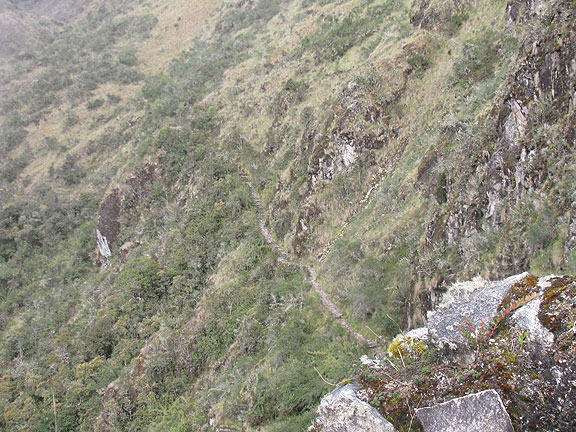 The trail can be seen skirting the flank of this high mountain terrain. I'm well above it where I took this photo. 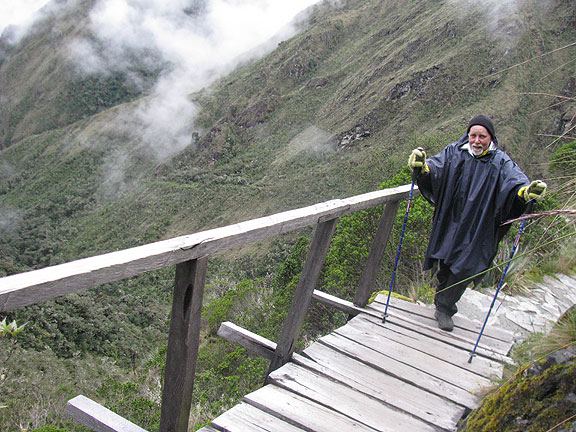 One of the few spots on the Inca trail where a "new" bridge was installed to compensate for a lost bit of the original trail... felt pretty darn precarious! After the rather difficult first day and night, the rest of the journey was much easier. That’s not to say it was easy! Up and down we went. Day 2 saw us reach that first summit (in the last post) and then descend a long way to our lunch stop. Our crew, who you’ll meet a bit later in this entry, would always pass us by with their enormous loads of all our tents, camp gear, kitchen stuff, food, etc. and then when we arrived at the lunch stop or our campsite for the night, everything was set up and ready! Now that was luxurious! After lunch and a brief siesta, off we’d go again, and on the 2nd day it was back uphill again towards the 2nd summit, not as high as the first day’s but still over 13,000 feet. To get there we went up a long steep climb of original Inca trail that took us by a place called Runturucay, a round stone outpost that was probably a place to rest over night and a supply depot for travellers on the way to and from Macchu Picchu. Eric sat us down when we reached it and told us about it in his wonderful historiographically aware way–that is to say, he understands that the typical histories we get are often rather distorted and often still controversial. He had a fun tendency to use air quotes whenever the word “discovered” came up with respect to Inca ruins.
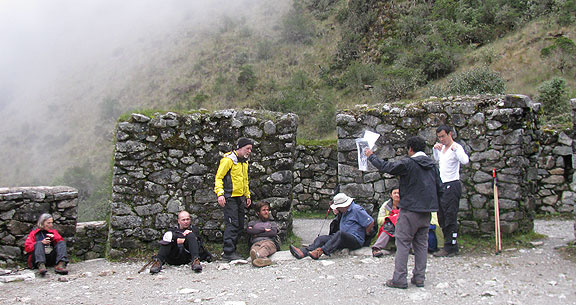 Story time at Runturacay.
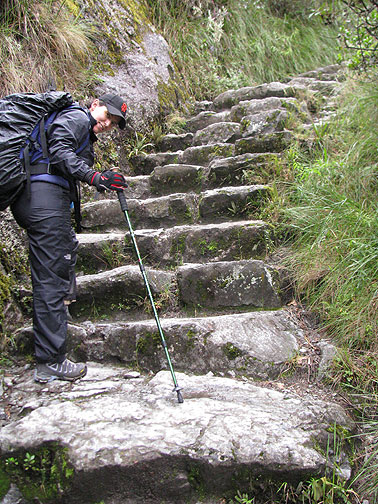 This is the Inca Trail ascending towards Runturacay. 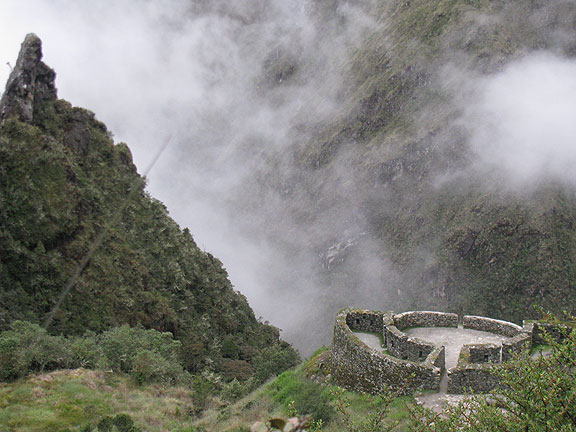 Runturacay from trail above... 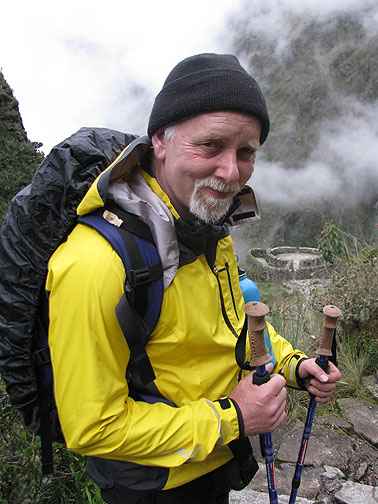 Had to prove I was there! 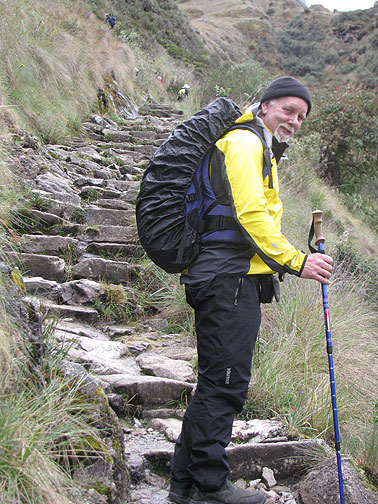 We weren't moving too fast here either. Super steep, over 12,000 feet! 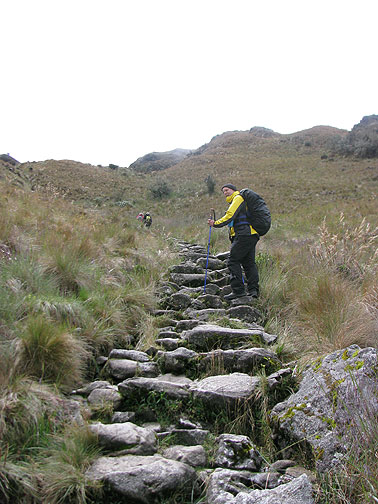 Climbing to 2nd summit, still a long way to go! Continue reading Inca Trail Part 2: to the Cloud Forest
|
Hidden San Francisco 2nd EDITION!

NEW 2nd EDITION NOW AVAILABLE!
Buy one here
(Pluto Press, Spring 2025)
|


























